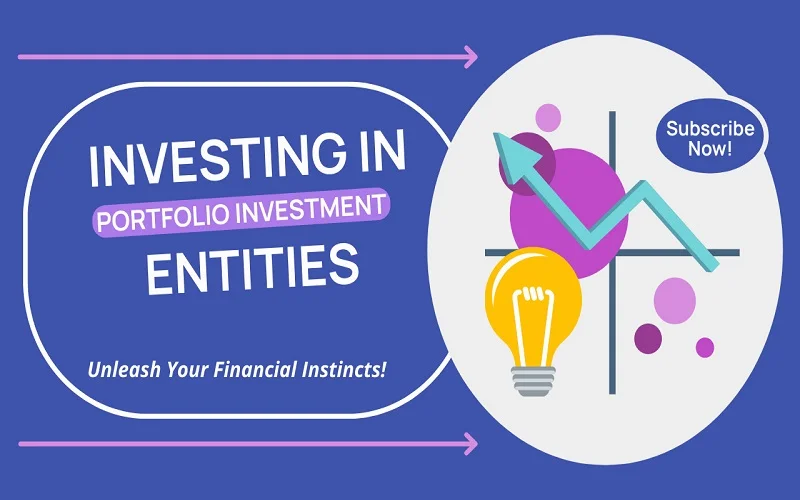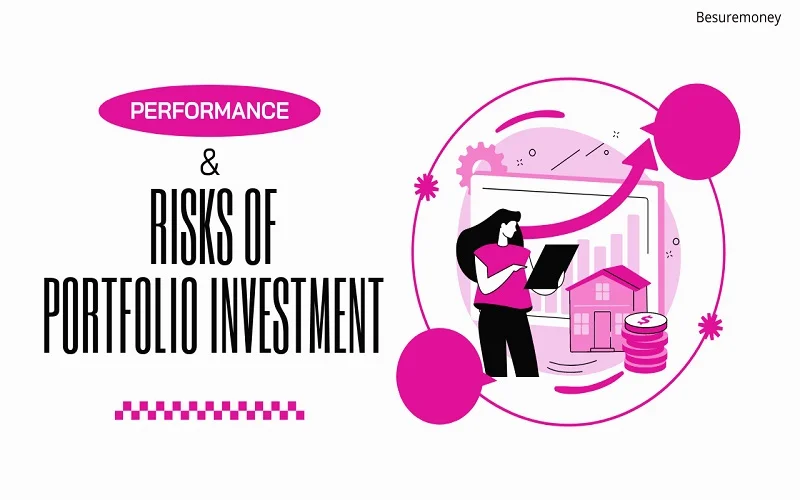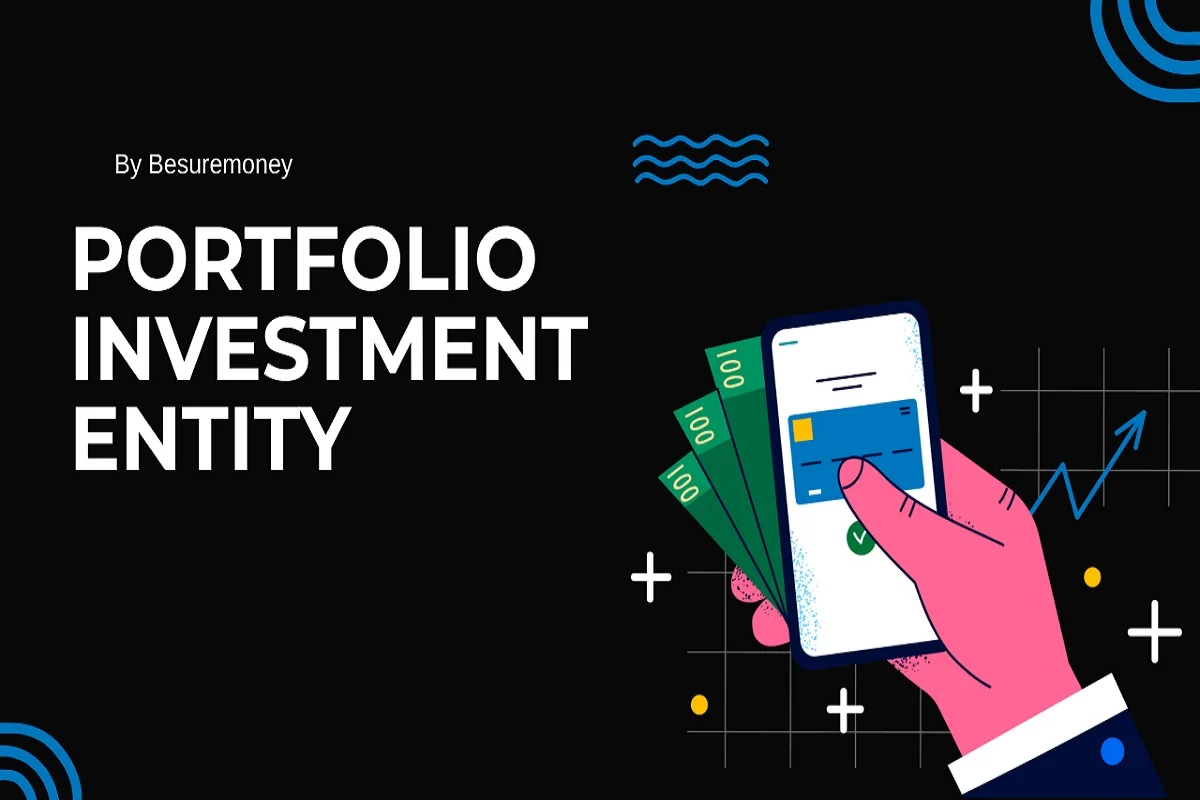A portfolio investment entity (PIE) is a fund. It takes cash from many investors. It invests in many things, including stocks, bonds, and real estate. You should invest in a PIE. You’ll pay tax on any funding earnings based on your prescribed investor charge (PIR). This is instead of your non-public profits tax price.
What are the advantages of investing in a Portfolio Investment Entity?
Here are some of the advantages of investing in it:
Tax advantages:
In a few countries, like New Zealand, it gives tax advantages to investors. For example, in New Zealand, traders may pay tax on their funding income at a lower rate than their marginal tax. This can be a large gain for buyers who are in a high tax bracket.
Diversification:
Investors can expose themselves to many assets. They can do this by investing in a Portfolio Investment Entity. This provides diversification. They can do this without having to pick individual shares or bonds. This can assist in lessening risk. PIEs usually hold many assets. So, any one investment is less likely to affect the performance of the PIE.
Professional management:
Expert investment managers have the skill to pick and manage investments. They manage Portfolio Investment entities well. This can help investors. They lack the time or knowledge to manage their assets.
What are the types of portfolio investment entities?
Here are the different types of Portfolio Investment Entities (PIEs):
Unit trusts:
Unit trusts are collective funding schemes. Investors buy gadgets inside the trust. The gadgets represent a percentage of the underlying belongings. Unit trusts are usually open-ended. Investors can buy and sell gadgets every day.
Investment trusts:
Investment trusts are like unit trusts. They are collective schemes that pool investor money and invest it in many assets. However, funding trusts differ from unit trusts in that they have a closed-ended structure. A fixed number of shares are in trouble. Investment trusts list on the stock market. Their fee percentage can vary depending on the market.
Managed funding schemes:
Managed funding schemes pool investor cash. They invest it in many assets. Managed money schemes can be open-ended or closed-ended. They can depend on unit trusts, investment trusts, or other vehicle styles.
How to Invest in Portfolio Investment Entities?

Choose a Brokerage or Platform: Look for one that offers access to the type of PIE you want. It might be a traditional brokerage company. Or, it might be a robot-guide or a platform that specializes in PIEs. Examples include M1 Finance or Trading 212. Availability may vary by region.
Research and Select a PIE: Learn its assets, costs, and risks. Consider factors like your investment goals, threat tolerance, and funding time horizon. Some structures may provide pre-built PIEs. Or, they can help you make your own with chosen assets.
Open an Account and Fund It: Once you’ve picked a PIE, open an account with the brokerage or platform and deposit money to invest. The least investment amounts can range.
Invest inside the PIE: Once you fund your account, you can train the platform to sell the selected PIE. Or, you can divide the budget to your custom Portfolio Investment Entity, if relevant.
What are the performance and risks of portfolio investment entities?

The overall performance can vary significantly depending on several elements, including:
Investment objective: It will have one-of-a-kind targets, which include increase, earnings, or a combination of each. Growth-oriented it may invest closely in stocks, aiming for potentially better returns but with more volatility. Income-orientated PIEs may focus on bonds and different constant-profits securities, presenting steadier returns however with potentially lower increases.
Underlying property: The specific belongings are the underlying property. They held in the Portfolio Investment Entity. They affect its performance. Stocks can provide excessive increase capability but come with market risks. Bonds provide steady returns. They have fewer increases and are more sensitive to interest price changes. Real property and different asset classes additionally have their chance-go-back profiles.
Management skill: The talent of the manager matters if they manage a Portfolio Investment Entity. A skilled manager can outperform the market through security selection and portfolio allocation.
What are the risks of Portfolio Investment Entities (PIEs)?
Here are some risks of portfolio investment entities:
Stocks are risky: The normal market can have ups and downs. This risk exposes investors who hold stocks. Stock prices can fall due to many factors. This can lead to losses for buyers.
Asset magnificence hazard: Their performance is volatile. For instance, downturns in the assets market can harm a PIE that has invested in real property.
Management threat: controlling the PIE can hurt its performance. This happens if they underperform the market or make bad investments.
Liquidity threat: This is especially true for those focused on less-traded assets like private equity. These PIEs can also have lower liquidity. With this approach, it might be hard to promote your investment. It will also be hard to get to your price range.
Currency risk: Currency risk is the risk that movements in an exchange rate will change the value of investments. This risk can cause Portfolio Investment Entities (PIEs) the return on investments in foreign currencies.
What are the Regulations and Compliance for portfolio investment entities?

Regulations for portfolio investment entities can depend on several factors, including:
Investment Strategy: The rules can vary for managed PIEs. These track an index. Comparing this to managing them.
Jurisdiction: Regulations are set by financial authorities in each US area. This is where the PIE operates or the investor lives.
Here’s a general evaluation of key regions in PIE policies and compliance:
Registration: It might also have to check in with relevant governments. This includes securities commissions or monetary regulators, depending on the jurisdiction.
Prospectus and Disclosure: PIEs must have a prospectus. It will outline funding targets, fees, dangers, and management data. This ensures transparency for buyers.
Know Your Client (KYC) and Anti-Money Laundering (AML):
Additionally, regulations may need PIEs to use KYC/AML techniques. These techniques verify investor identities and prevent economic crime.
Custody and Asset Segregation: Safeguarding investor assets is crucial. Regulations may also dictate how it holds and uses underlying investments. This often involves certified custodians.
Reporting Requirements: You may need to post periodic reports to regulators. These reports will cover performance, holdings, and other important data.
Marketing and Advertising: Regulations may also govern how it sells and advertises investments. They ensure fair and accurate illustrations.
FAQ’s
Q1. How are PIEs taxed?
Ans: PIEs are taxed at a lower charge than individual tax costs. They are challenged to a prescribed investor price (PIR) primarily based on your tax fee. This taxation structure ambitions to encourage assets with the aid of presenting tax blessings.
Q2. Can anybody invest in a PIE?
Ans: Yes, anyone can invest in a PIE, such as individuals, trusts, and entities. However, it’s critical to satisfy the eligibility criteria set by using the PIE, which can also vary depending on the unique funding vehicle.
Q3. What is the minimal funding required for a PIE?
Ans: The minimum investment requirement for a PIE varies depending on the precise fund or investment possibility. Some PIEs may additionally haven’t any minimum funding, whilst others might also require a certain amount to take part.
Q4. Are PIEs suitable for lengthy-time period investment?
Ans: Yes, PIEs are often taken into consideration as appropriate for long-term investment strategies. They usually offer diverse portfolios controlled with the aid of experts, that may help mitigate hazards and generate returns over the long term. However, as with all assets, it is essential to remember your financial dreams and chance tolerance.
Q5. How frequently can I purchase or promote shares of a PIE?
Ans: The frequency of buying or promoting shares in a PIE relies upon the rules and regulations set by way of the particular investment vehicle. Generally, you could purchase or promote stocks in a PIE as often as its liquidity allows. However, frequent trading might also incur additional fees or affect funding overall performance, so it’s vital to keep in mind your investment approach cautiously.
